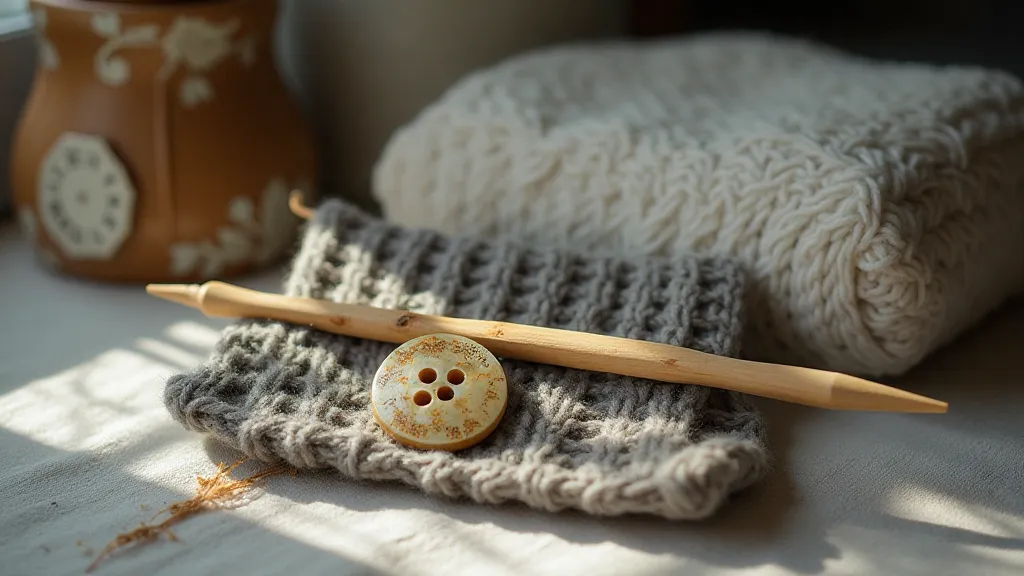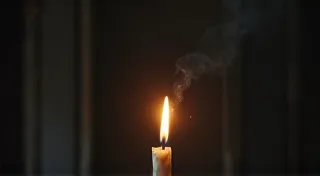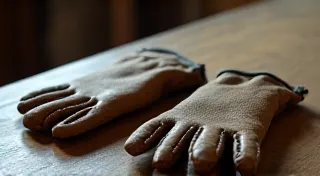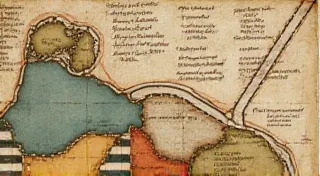Needle's Shadow: The Unseen Labour in Vintage Textiles
Hold a vintage knitting needle in your hand. Feel the weight, the smooth curve honed by time and countless stitches. It’s more than just a tool; it’s a portal. A quiet gateway to a past where the rhythmic click of needles wasn't a hobby, but often, a lifeline. We collect these needles, admire their craftsmanship, but do we truly grasp the story etched into their bone, ivory, or horn? They are silent witnesses to generations of women and children, bound by circumstance, whose nimble fingers wove sustenance from wool.
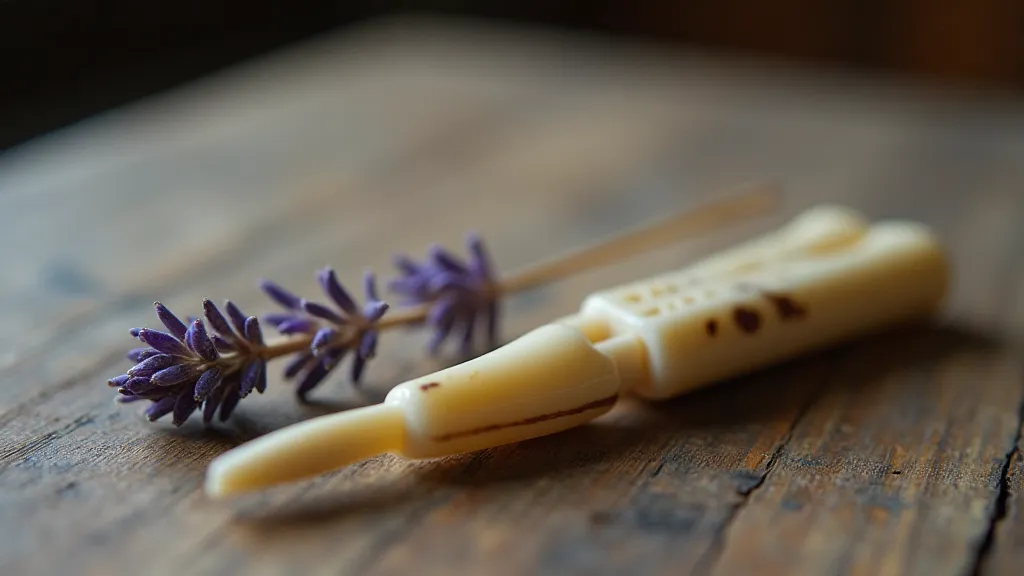
The Click of Needles: A Rhythmic Pulse of History
The history of knitting is interwoven with the history of poverty, resilience, and female enterprise. While its origins are ancient, the rise of readily available, standardized knitting needles in the 18th and 19th centuries marked a significant shift. Before the Industrial Revolution, knitting was almost exclusively done by hand, with tools often crafted from what was readily available – branches, reeds, even flattened animal horns. As manufacturing increased, knitting evolved from a rudimentary skill into a means of income for many families. It wasn't a glamorous existence, not by any stretch. The hours were long, the wages meagre, and the work physically demanding. The repetitive motion strained wrists and backs. Yet, it offered a degree of independence – a way to contribute to the household income that wasn’s entirely dependent on a man's wages.
Consider the plight of the cottage industries that flourished in rural England and beyond. Families, particularly those in areas without other readily available work, would knit stockings, mittens, and blankets for merchants who would then sell the goods in urban centers. Children, too, were often involved, learning the craft at a young age and contributing to the family's earnings. The needles themselves became symbols of this shared labour, passed down through generations, bearing silent testament to the sacrifices made. The gradual disappearance of these traditional crafting practices is a poignant reflection of broader societal shifts and the loss of invaluable skills; a subject explored further in Needle’s Requiem: The Gradual Disappearance of Traditional Crafting Practices.
Materiality and Meaning: Identifying Antique Knitting Needles
Identifying antique knitting needles isn’t simply a matter of examining their length or shape; it’s about understanding the materials available and the societal pressures that influenced their production. Early needles were commonly made from bone – often cattle or sheep bones – a readily accessible and relatively inexpensive material. Ivory, particularly whale ivory (prior to whaling bans), was a more luxurious option, often used by wealthier families or to produce higher-quality goods for sale. Horn, especially from goats and rams, was another common material, known for its durability. Wood, although less common due to its tendency to split and warp, was also occasionally used.
The way the needles were crafted also offers clues. Early bone needles were often rougher, hand-shaped and less symmetrical. As production techniques improved, the needles became more refined, with smoother surfaces and more consistent diameters. The tips, too, changed over time. Early needles often had blunt or rounded tips, while later needles developed more pointed tips for easier stitch formation. The presence of markings or branding can be particularly significant, offering insights into the manufacturer and the era in which the needles were made.
Look for subtle signs of wear and use. A slight discoloration from age, tiny scratches from countless stitches, or even a faint residue of lanolin – all these are indicators of a needle’s history and contribute to its charm. These aren't flaws; they are stories.
A Woman’s Work: Knitting in the Victorian Era
The Victorian era saw knitting solidify its role as a crucial form of female labour. With the rise of industrial mills producing yarn, the demand for hand-knitted goods, while diminishing, still existed, particularly for specialized items like baby clothes and fine shawls. For working-class women, knitting provided a vital, albeit meager, income supplement. They were often paid by the piece, meaning the more they knitted, the more they earned. This created a relentless pressure to produce, often at the expense of their health and well-being.
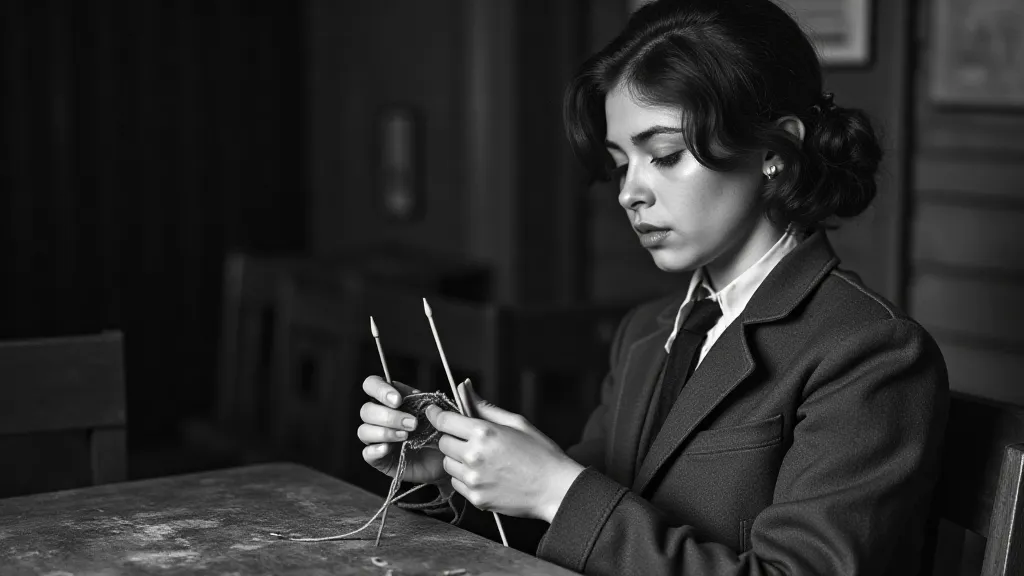
The ideal of "womanly virtues" also played a role. Knitting was seen as a “suitable” occupation for women, reinforcing the idea that their labor should be quiet, domestic, and subservient. Yet, within this framework of societal expectation, women found a degree of agency. They controlled their own time (to a certain extent), and the ability to earn, however modestly, provided a measure of independence. The echoes of these voices – the knitters themselves – resonate with a quiet strength; a sentiment deeply explored in Ephemeral Echoes: The Fading Voices of Knitters Past.
Beyond the Stitch: Restoration and Respect
Collecting antique knitting needles isn’t just about acquiring objects; it’s about preserving a legacy. When acquiring these needles, treat them with respect. Avoid harsh cleaning methods that can damage the material. A gentle wiping with a soft cloth is often sufficient. If restoration is necessary, consult with a specialist who understands the properties of bone, ivory, and horn.
Understanding their provenance, even a partial understanding, can greatly enhance their value and significance. Knowing that a set of needles was passed down through a family of mill workers, or that they were used to knit garments for soldiers during a conflict, adds a layer of emotional depth that transcends their monetary worth. These aren’t just tools; they are echoes of lives lived, stories untold. The very material from which these needles are crafted – wood, bone, horn – speaks volumes about the era of their creation; a detailed study of these materials provides fascinating insight, as covered in Echoes in the Grain: The Language of Wood in Antique Knitting Needles.
The history of knitting needle manufacturing also reflects broader technological advancements. The move from hand-carved bone and horn to the more standardized forms of metal needles marked a significant shift in production methods and design. Examining this evolution provides a compelling look at the rise of industrial processes and their impact on traditional crafts. Early needles, often rough hewn, tell a story of resourcefulness and ingenuity. They represent a connection to the past, a time when objects were created with care and purpose, a stark contrast to the mass-produced items of today.
Consider, too, the socio-economic factors that influenced the lives of the women who wielded these needles. Many relied on knitting to supplement their income, often working long hours under difficult conditions. Their stories are a testament to their resilience and determination in the face of adversity.
The visual aesthetic of these antique knitting needles is also captivating. The subtle variations in color and texture, the faint markings of age, and the unique character of each piece contribute to their charm and beauty. They are not merely functional objects; they are works of art, each with its own story to tell.
The collection and preservation of antique knitting needles is a way to honor the legacy of those who came before us. It is a way to connect with the past and to appreciate the skills and artistry of those who created these beautiful and functional objects. By understanding their history and significance, we can ensure that they continue to inspire and delight for generations to come.
